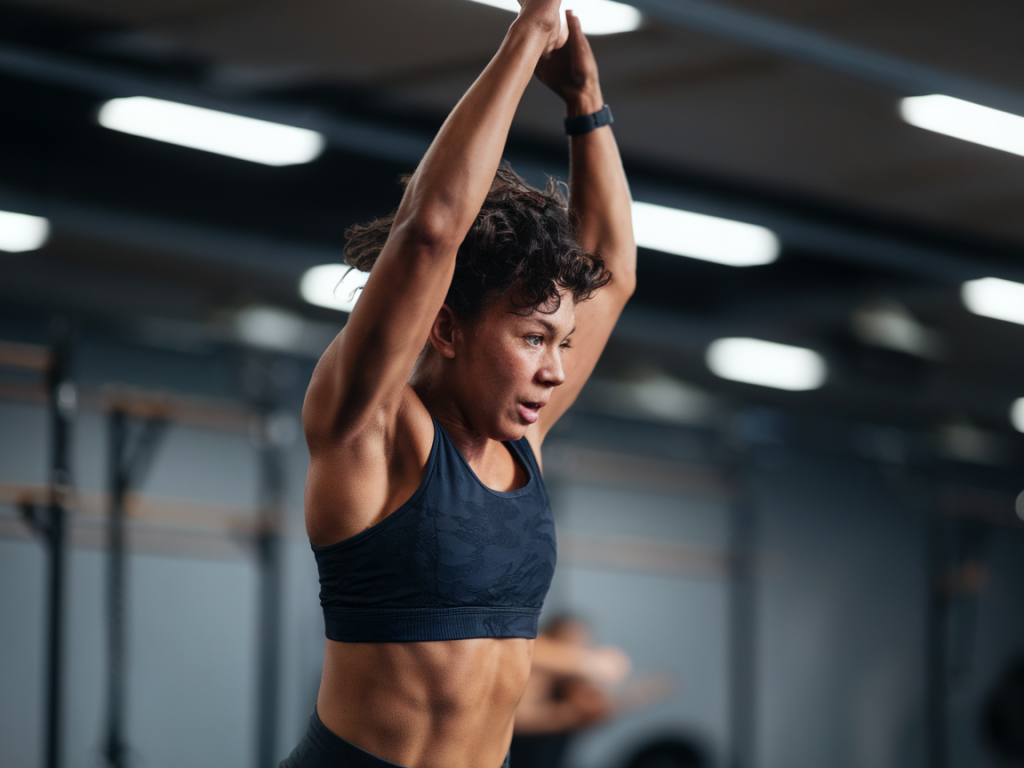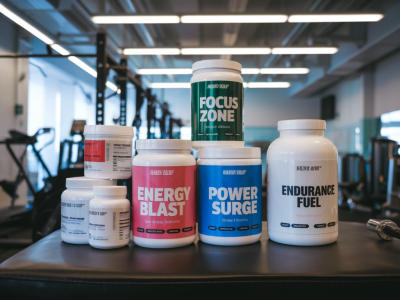
High-Intensity Interval Training (HIIT) has been making waves in the fitness world for years now, and for good reason. Designed to push you to your limits in short, intense bursts, followed by a brief recovery, this workout technique is hailed as a time-efficient and highly effective way to burn calories and boost cardiovascular fitness. But is it the holy grail of fat loss? Let’s dive deeper into this exhilarating workout style to assess whether HIIT truly lives up to the hype when it comes to shedding fat.
What Exactly Is HIIT?
HIIT workouts are structured around alternating periods of intense anaerobic exercise (think sprinting, jumping, or heavy lifting) with brief rest or lower-intensity movements. For instance, a classic HIIT routine might involve 40 seconds of all-out sprinting followed by 20 seconds of walking, repeated for several rounds.
What makes HIIT so appealing is its versatility—you can mold this training style to suit your goals, fitness level, and schedule. Whether you're a runner, a cyclist, or someone who loves bodyweight exercises, there's a HIIT program tailored for you. And trust me, as someone who's tried everything from Tabata-style workouts to kettlebell circuits, the variety keeps things exciting!
How Does HIIT Help With Fat Loss?
One of the standout benefits of HIIT that often gets mentioned is its capability to promote fat loss—but how exactly does it work?
Burning Calories in Record Time: First off, HIIT is renowned for torching calories in a shorter time compared to steady-state cardio. For those juggling busy schedules, this is a game-changer. A 20-minute HIIT session can often yield the same calorie burn as a 40- to 50-minute steady run at a consistent pace. The intensity is the key factor here—you’re working harder for shorter periods, which means greater energy expenditure in less time.
The Afterburn Effect: Perhaps one of the most exciting aspects of HIIT is the so-called "afterburn effect," also known as Excess Post-Exercise Oxygen Consumption (EPOC). After completing a HIIT session, your body continues to burn calories at a higher rate as it works to restore equilibrium, repair muscles, and get everything back to baseline. This post-workout calorie burn can last for hours—perfect for anyone looking to maximize their fat loss potential.
Targeting Visceral Fat: Studies have shown that HIIT may be particularly effective at reducing abdominal and visceral fat—a crucial factor for overall health. While this doesn’t mean you should solely rely on HIIT for a six-pack, it’s a promising tool in the fat-loss arsenal.
Does HIIT Work for Everyone?
Here’s the thing—HIIT sounds magical, but it’s not a one-size-fits-all solution. It’s intense (that’s the whole point, after all), and this may not suit everyone, especially beginners. If you’re new to exercise or haven’t been active for a while, it’s crucial to ease into it with modified programs or lower-intensity options.
Additionally, the high-impact nature of some HIIT exercises can put stress on your joints. If you’re dealing with knee or back issues, for example, you’ll want to choose low-impact variations like cycling or rowing instead of jumping exercises.
And then there’s the matter of consistency. HIIT is challenging, and while that’s part of what makes it effective, it can also feel daunting if not approached with the right mindset. Overtraining is a real risk, and excessive HIIT could lead to burnout or even injury. So, balance is key.
How to Incorporate HIIT Into Your Routine
If you’re eager to give HIIT a try, here are some tips to help you get the most out of your workouts while staying safe:
- Warm-Up Properly: Never skip the warm-up! Because HIIT involves explosive moves, you need to get your muscles primed and your heart rate up before jumping into high-intensity intervals.
- Start Slow: Begin with shorter sessions (15-20 minutes) and less demanding intervals—like 20 seconds of work followed by 40 seconds of rest. As your fitness improves, you can increase the work intervals and shorten the rest periods.
- Choose Exercises Wisely: Pick movements that suit your current fitness level and goals. My personal favorites include mountain climbers, burpees, and battle ropes, but you might prefer simpler movements like jumping jacks or push-ups.
- Mix It Up: Avoid monotony by rotating your exercises and incorporating different equipment. Try a medicine ball one day, resistance bands the next, or even a HIIT app for guidance.
- Focus on Recovery: HIIT puts your body under significant stress, so prioritizing recovery is non-negotiable. Stretch, hydrate, and rest to replenish your energy and reduce soreness.
Combining HIIT With Nutrition
While HIIT is a potent tool, it’s not a magic bullet. True fat loss always comes down to creating a calorie deficit—burning more energy than you consume—and that’s where nutrition plays the starring role.
Personally, I find that pairing HIIT with a balanced and nutrient-dense diet amplifies the results. Incorporating lean proteins, healthy fats, whole grains, and plenty of vegetables supports recovery and keeps you feeling energized for your next session. For example, after a tough workout, I swear by a high-protein smoothie with added banana and almond butter—quick, delicious, and perfect for muscle repair.
Of course, while it’s important to fuel your body for performance, it’s also essential to avoid overeating. Because HIIT is intense, many people feel hungrier afterward and may undo their calorie burn with excessive snacking. Beware of this pitfall by planning meals and snacks ahead of time!
Is HIIT Right for You?
Ultimately, HIIT is a fantastic option for fat loss, but it’s not the only path to achieving your goals. There are many ways to stay active and healthy—what’s most important is finding something you enjoy and can stick with over the long term. If you love the adrenaline rush of fast-paced, high-energy workouts, HIIT could be your perfect match. However, if HIIT feels too intense or stressful, don’t be afraid to explore other options like steady-state cardio, weight training, or even yoga to complement your fitness journey.
As always, listen to your body. Fitness is about so much more than just aesthetics—it’s about staying healthy, feeling good, and enjoying the process. Whether you’re sprinting through a HIIT session or enjoying a calming yoga flow, what matters most is that you’re moving forward in a way that feels right for you.
So, grab your water bottle, lace up your shoes, and let’s make fitness fun!

